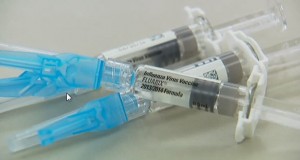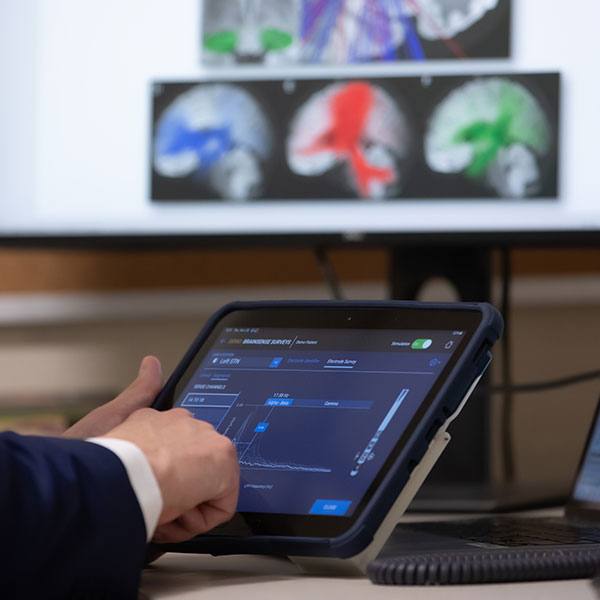-
Combo Treatment Helps Heal Overused, Aching Joints
ROCHESTER, Minn. — Many athletes know the frustration of being sidelined by tendon disorders, like Achilles tendinitis and tennis elbow. In recent years, doctors have begun treating overused tendons with regenerative therapies that jump-start the body's own healing process. One technique, a tenotomy, uses repeated needlesticks to break up scar tissue in the tendon, prompting the body's own cells to begin the rebuilding process.

Another technique is an injection of platelet rich plasma (PRP), a concentrated dose of healing platelet cells that exist in the patient's blood. In a recent study published in Physical Medicine & Rehabilitation, Mayo Clinic researchers reported that the combination of tenotomy and PRP injections produced significant improvement in patients with long-standing tendon injuries.
"These disorders can be hard to treat, and patients tend to receive one therapy or the other, depending on what a doctor happens to offer. Our study was the first clinical study to investigate the combination of both treatments in injured tendons," says study author Jay Smith, M.D., of Mayo Clinic's Department of Physical Medicine & Rehabilitation.
The study included 34 patients with a wide range of tendon and soft tissue injuries, from rotator cuff tendinitis to plantar fasciitis, an inflammation on the bottom of the foot. In the first stage of the two-part treatment, researchers used high-resolution ultrasound technology to guide a needle to the injured area, and the physicians repeatedly poked the tendon with the needle, inducing minor bleeding within the tissue.
"The needle breaks up nonhealing, degenerative tissue and induces bleeding, hopefully converting a chronic, degenerative injury into an acute injury that has healing potential," Dr. Smith explains. Afterward, patients received an injection of concentrated platelets from their own blood. The platelets release growth factors into the area to start the healing process.
Researchers found maximum benefits tended to occur within four months after the procedure. More than 70 percent of patients had better use of their tendons, and 76 percent reported improvement in pain. In addition, researchers found some indication of tendon healing, which was detected with sophisticated ultrasound imaging.
"Larger studies are still necessary to determine whether the combination is particularly helpful for certain injuries or types of tendons, but this investigation showed these therapies together are safe and effective for some people who have an ongoing tendinopathy," says Dr. Smith.
Media Contact: Bryan Anderson, 507-284-5005 (days), newsbureau@mayo.edu
Related Articles







